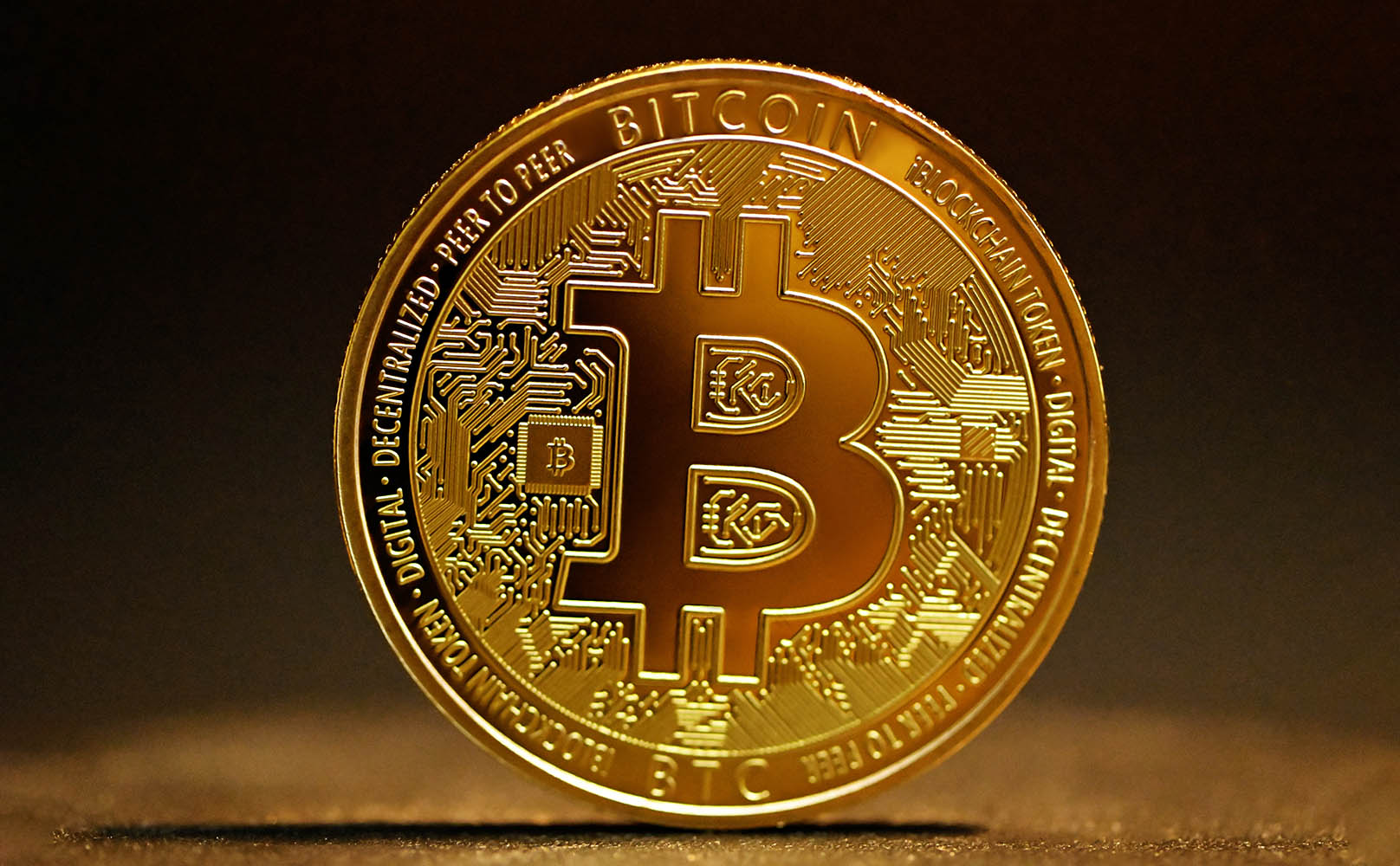Crypto in 2025, From a minor technology experiment, cryptocurrencies have developed into a fundamental part of the global financial system. By 2025, “I Cryptocurrency Market captures geopolitical actions, institutional methods, technological advances, and societal shifts related to digital money, beyond daily price snapshots. As Bitcoin achieves six-figure prices and Ethereum proves its role in distributed infrastructure, digital assets are transforming how value is stored, transported, and used.Crypto in 2025
Growing acceptance among governments, conventional banks, and businesses emphasises the need for cryptocurrencies in long-term financial planning. From institutional-grade DeFi protocols to crucial Central Bank Digital Currencies (CBDCs), cryptocurrency is no more on the periphery; rather, it is crucial to economic debates and policy decisions.
Institutional Involvement and Corporate Strategy
This year has seen notable entries into the crypto space by legacy financial institutions. Aside from Bitcoin ETFs, BlackRock and Fidelity have also launched Ethereum staking and tokenized securities. GameStop’s May purchase of roughly 4,700 BTC marked its shift from meme-stock renown to blockchain-first corporate strategy.
These moves are mirrored by other major players like Metaplanet in Japan, which is rapidly becoming Asia’s version of MicroStrategy. These companies are pivoting to bitcoin as a treasury reserve asset to hedge against fiat devaluation, echoing the principles laid out by early Bitcoin maximalists.
The trend is clear: institutional interest is reshaping the volatility narrative and validating cryptocurrencies as long-term stores of value and investment-grade instruments.
Regulatory Frameworks: Control Meets Innovation
Crypto in 2025, Governments all around are aggressively trying to establish their position on cryptocurrencies. Late 2024 saw the implementation of the European Union’s Markets in Crypto-Assets (MiCA) rule, which provided unambiguous guidelines for wallet providers, crypto asset issuing, and exchange activities. MiCA has set the worldwide standard for regulatory clarity by including licencing criteria and investor protection policies. Under President Donald Trump, the US crypto industry is hopeful again. Trump created a Strategic Bitcoin Reserve in early 2025, linking Bitcoin with national reserves. Ethereum is under investigation, thus the SEC and CFTC are defining crypto securities and commodities. The Pakistan Crypto Council (PCC) joined the global crypto debate. The PCC’s extra electricity for government-owned miners emphasises blockchain-based economic capital. Invention, capital flight, tax avoidance, and fraud are continuously balanced by regulations.
Under President Donald Trump, the US crypto industry is hopeful again. Trump created a Strategic Bitcoin Reserve in early 2025, linking Bitcoin with national reserves. Ethereum is under investigation, thus the SEC and CFTC are defining crypto securities and commodities. The Pakistan Crypto Council (PCC) joined the global crypto debate. The PCC’s extra electricity for government-owned miners emphasises blockchain-based economic capital. Invention, capital flight, tax avoidance, and fraud are continuously balanced by regulations.
Technological Trends Powering the Crypto Ecosystem
Blockchain technology forms the core of the movement around cryptocurrencies. Major advancements in Layer 2 scaling technologies such Optimism and zkSync in 2025 would greatly increase Ethereum’s scalability, hence reducing transaction costs and accelerating confirmations. Decentralized Finance (DeFi), which has become a strong substitute for conventional banking, cannot succeed without these improvements.
DeFi apps as Aave, Curve, and Uniswap are enabling consumers to lend, borrow, and exchange assets without centralized middlemen. Automated liquidity pools and smart contracts are lowering middlemen’s expenses, increasing openness, and replacing them.
Originally only digital art, non-fungible tokens (NFTs) are now employed in intellectual property rights management, real estate tokenizing, and identity verification. NFTs’ usefulness in gaming and metaverse projects is another factor driving their ongoing appeal.
Bitcoin, Ethereum, and the Broader Market
A mature investment environment defines market trends in 2025. Now sitting around $108,000, headlines, particularly given the approaching halving cycle. With over $80 billion in total value locked (TVL) across DeFi systems, Ethereum is the most often utilised programmable blockchain. Often with an eye toward speed, compatibility, and developer incentives, alternative Layer 1 chains such as Solana, Avalanche, and Cardano keep developing specialised ecosystems. Through institutional alliances and centralised usage cases, Binance Coin (BNB) and XRP are keeping relevant.
Real-world assets (RWAs), including government bonds, commodities, and real estate, have also become more tokenised in the crypto market. These developments are opening fresh liquidity sources and bringing conventional finance onto the blockchain scene.
Security, Risks, and High-Profile Controversies
The crypto space is not without hazards even if it is always innovating.Argentina’s President Javier Milei-backed $LIBRA project was investigated for investment fraud after over 100 criminal complaints. The scandal has raised questions regarding government involvement in third-party audits, regulatory oversight, and distributed government. cryptocurrencies once more.
The top concern is still security. The complexity of smart contracts increases the danger of defects and exploits. Project roadmaps now include more important elements, including distributed insurance systems like Nexus Mutual, multisig wallets, and automated bug bounty programs.
Final Thoughts
Macroeconomic policy, energy management, and data privacy all intricately entwine the future of cryptocurrencies. More private, scalable, Innovative zero-knowledge proofs and multi-party computation enable compliant blockchain applications. CBDCs in Asia, Europe, and Africa will raise concerns about user surveillance, transaction filtering, and interoperability with public blockchains. Hybrid financial models that combine the programmability of blockchain with the stability of fiat currencies are likely to develop.
Although cryptocurrencies will not replace fiat currencies in the near future, they are rapidly emerging as the most dynamic alternative.




